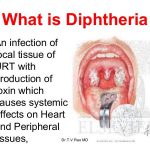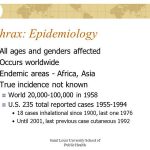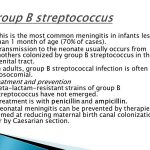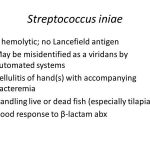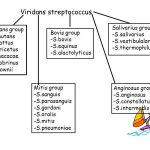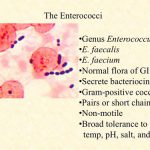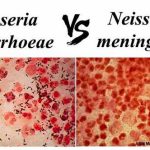
Neisseria gonorrhoeae was first described by Albert Neisser in 1879, in the ocular discharge and exudate from newborn infants with conjunctivitis. Descriptions of a condition resembling the disease gonorrhea can be found in the written record as early as 130 AD, when Galen created a descriptor for the malady by using the Greek words gonos (seed) and rhoea (flow) to characterize what was believed to be the morbid loss of semen.


